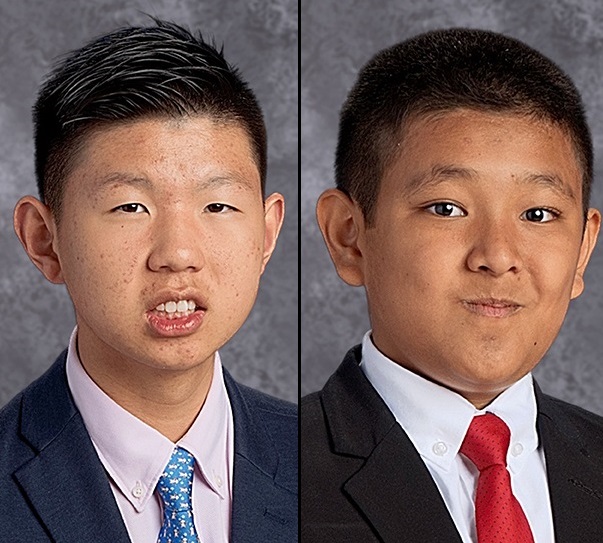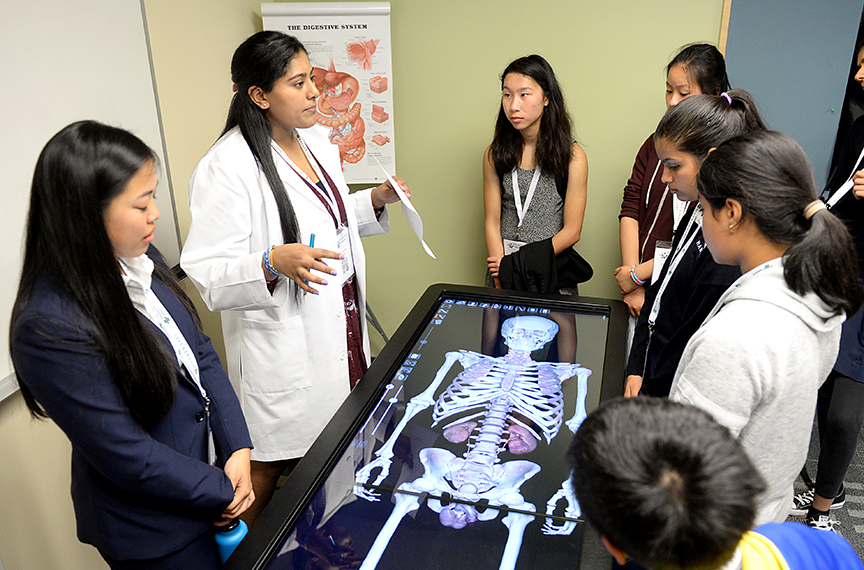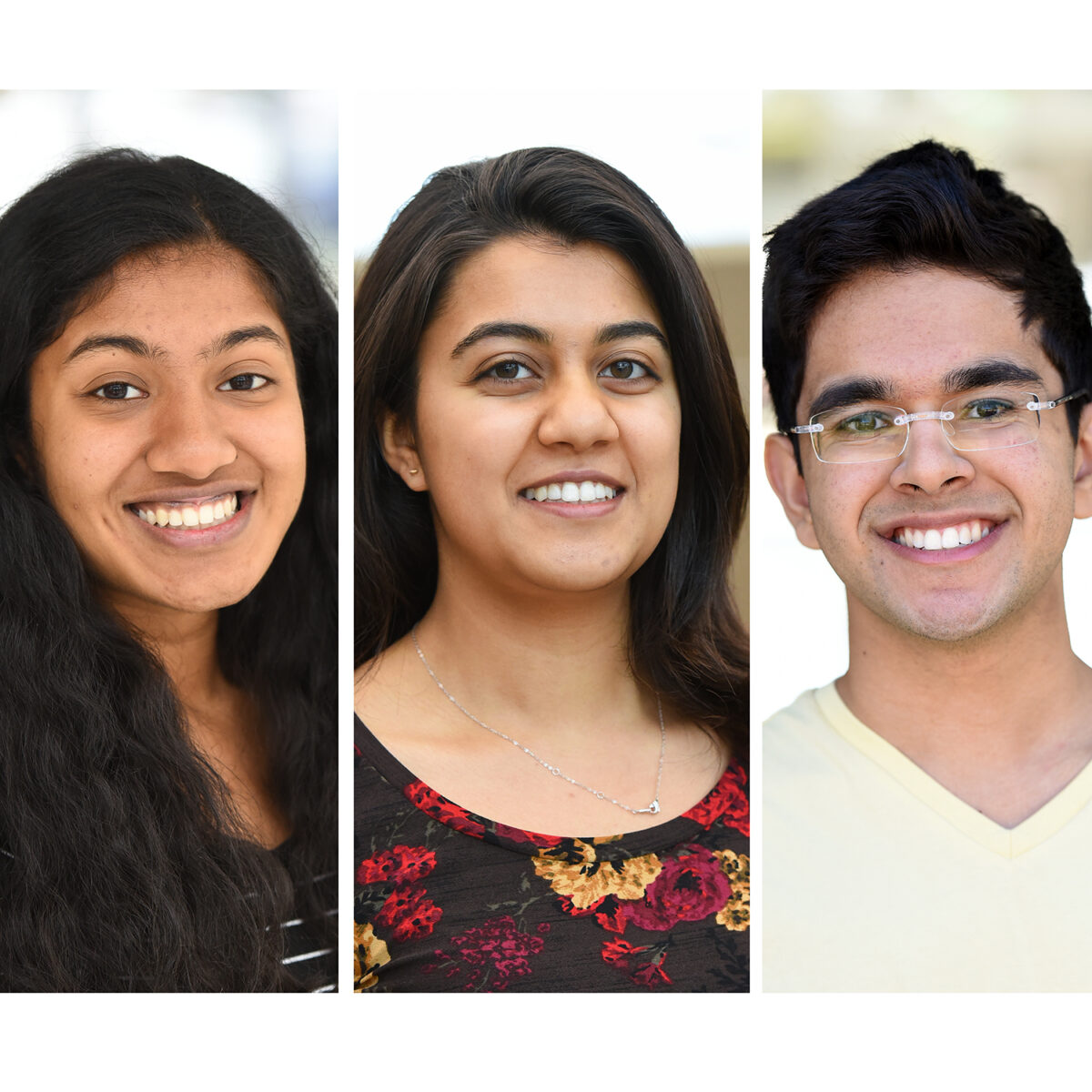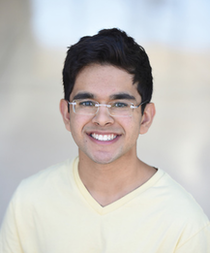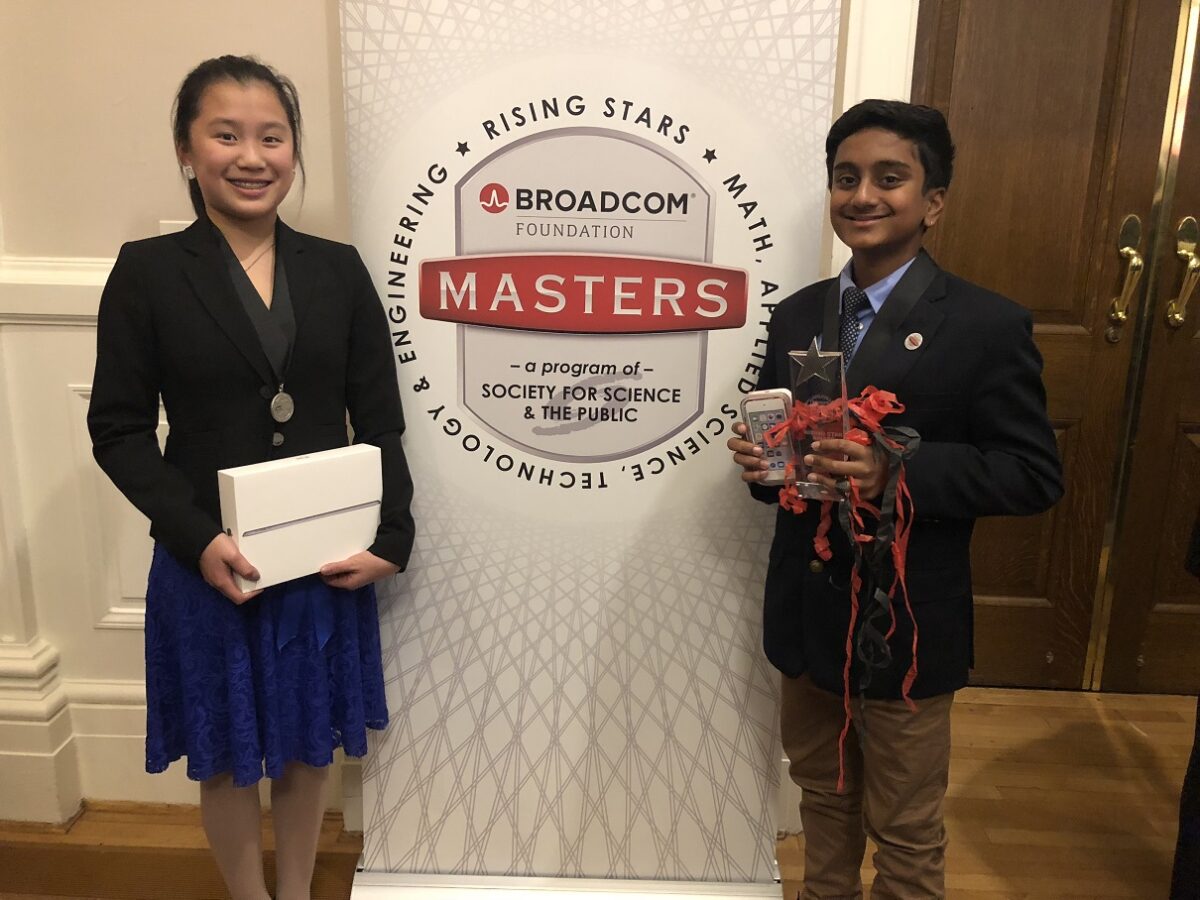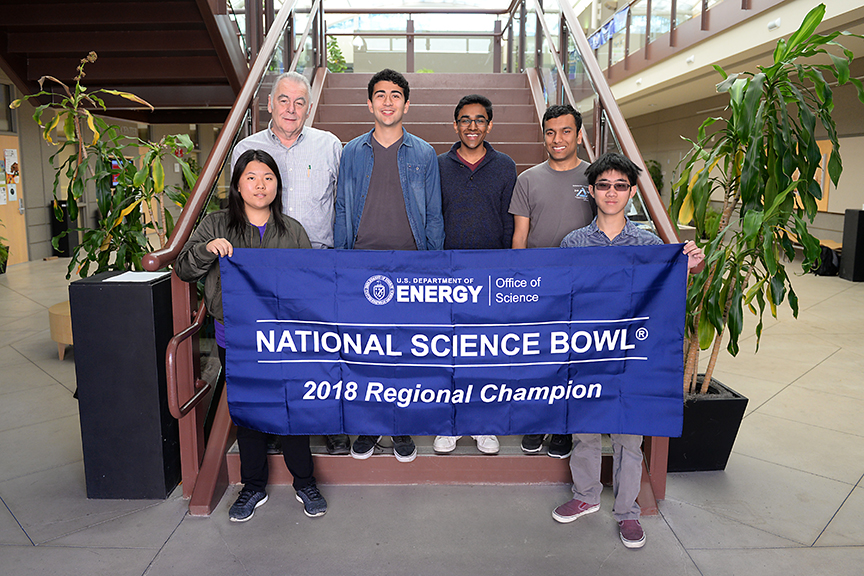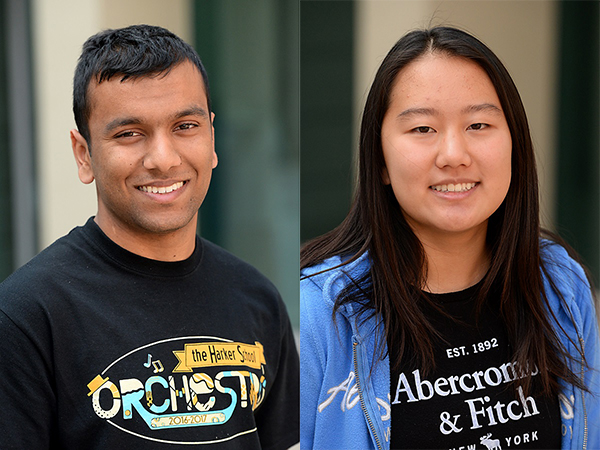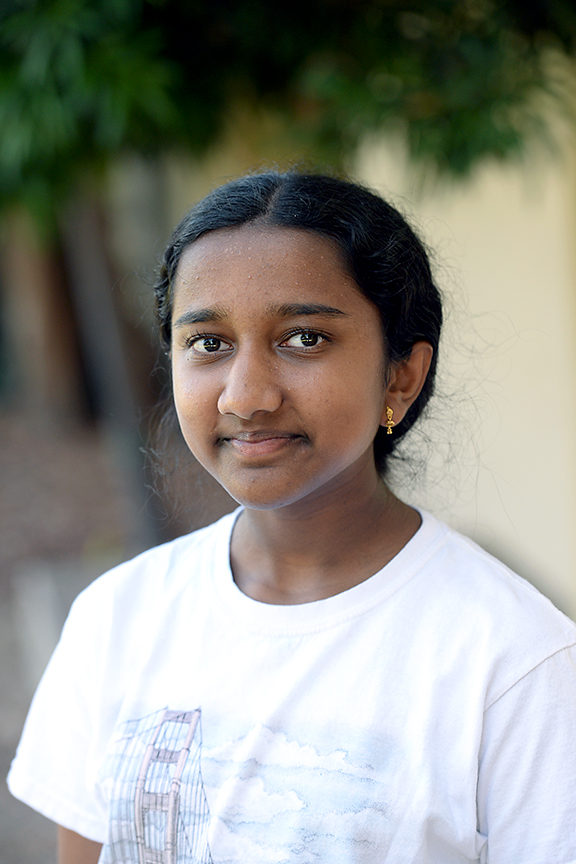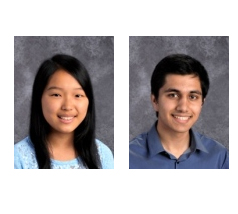Freshmen David Dai and Rishab Parthasarathy were recently selected to be two of 20 students on the 2019 U.S. Physics Team.
topscience
Harker Research Symposium attracts 800 science enthusiasts
In one of its best-attended years to date, the Harker Research Symposium attracted about 800 visitors from across the Harker community to recognize the school’s dedication to the sciences and encourage sustainable lifestyles and policies.
[UPDATED] Three seniors named Regeneron Science Talent Search finalists
Seven Harker seniors – the most of any school in California – were named Top 300 Scholars in this year’s Regeneron Science Talent Search.
Student’s research into allergies leads to founding of company
Over the summer, senior Ayush Alag received a $10,000 grant from genetic research company Illumina to continue his research into food allergies, which led to the creation of his own company, Allergezy.
Two students win recognition and prizes in Broadcom MASTERS competition
Last month, Alice Feng, grade 9, and Sriram Bhimaraju, grade 7, were announced as winners in this year’s Broadcom MASTERS competition.
Upper school Science Bowl team qualifies for national finals two years in a row
Harker’s upper school National Science Bowl team A qualified for the national finals after going undefeated in the regional competition at Stanford’s SLAC National Accelerator Laboratory.
In the News: January 2018
[UPDATED] Harker team qualifies for Siemens Competition national finals
Harker had 10 semifinalists and has two finalists in the 2017 Siemens Competition! Read all about these amazing students!
Grade 7 student named to top 300 in Broadcom MASTERS competition
Last week, Nidhya Shivakumar, grade 7, was named one of the top 300 students nationwide in this year’s Broadcom MASTERS science competition.
